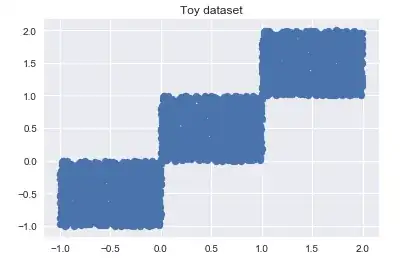This is my exam preparation, which will be held completely in R. Teacher said that similar tasks will be there with very limited amount of time given for solving it. Here I need to recover linear regression values (i.e., where are a-i missing values) having only this R output. I don't have the input data so I can't just copy the command and reproduce the result.
My question is how can I make it using R? Are there any specific commands? Or could it be done only manually? If it is possible only by manual calculation than please explain how to do it more effectively.
Please, describe it in detail.
Thank you so much for your help and deep explanation.
